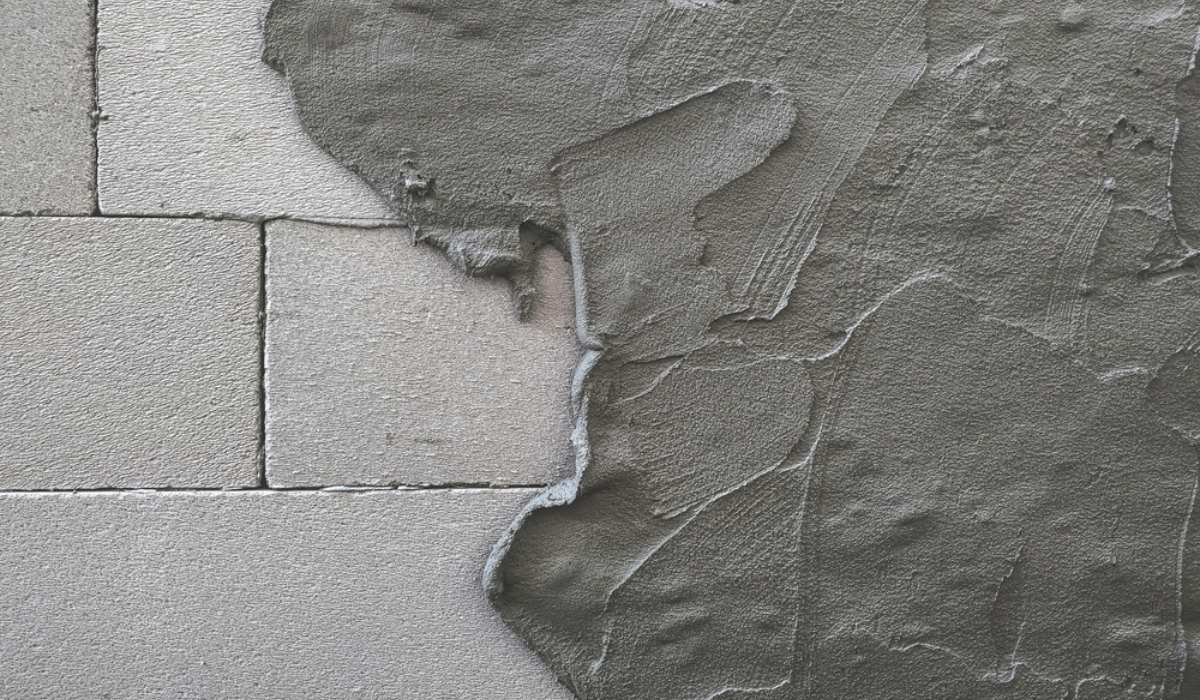Cement, valued for its strength, is a cornerstone of construction. Its significance in modern building practices underscores its durability. However, the environmental toll of cement production, marked by high energy use and carbon emissions, calls for eco-conscious solutions. As a response, alternatives to traditional cement are emerging to mitigate its carbon footprint. These eco-friendly substitutes cater to the structural needs while championing sustainability.
Top eco-friendly cement alternatives
Bamboo
A renewable resource, bamboo is a versatile alternative to traditional building materials. Its inherent flexibility, strength and durability make it ideal for various applications, such as wall panels and flooring elements.
Straw
Derived from agricultural waste, straw proves to be a robust building material suitable for binding and compression. Its exceptional insulation properties contribute to the efficiency of structures, particularly in bale construction.
Ashcrete
An innovative substitute for concrete, Ashcrete utilises fly ash from coal-fired power plants. Used in masonry block walls, it offers a solid alternative to cement, reducing cement demand and managing waste ash disposal.
Hempcrete
Combining hemp fibres with lime binder, Hempcrete is a lightweight building material renowned for its moisture regulation and insulation properties. Widely employed in slabs, roofs and walls, it provides remarkable strength and insulation, fostering a comfortable indoor environment.
Mycelium
Harnessing the root-like structure of fungi found in soil, Mycelium is blended with agricultural waste to produce a sustainable building material. Used in the fabrication of lightweight bricks and other structural components, Mycelium offers a promising avenue for environmentally conscious construction.
Fibre cement
Comprising sand, cement and cellulose fibres, Fibre Cement is a composite material engineered to minimise the environmental impact of cement while enhancing performance. Applied in roofing and façade construction, it exhibits resilience against moisture, offering a sustainable alternative for architectural needs.
Alternatives to cement: Pros and cons
| Advantages | Disadvantages |
| Sustainable and renewable sources | Limited awareness or availability |
| Enhanced thermal insulation | Potential higher upfront costs |
| Reduced carbon footprint | Variability in material properties |
| Innovative design possibilities | Limited compatibility with existing construction practices |
| Improved indoor air quality | Certification and regulatory challenges |
Housing.com POV
While cement remains a stalwart in construction for its strength and longevity, the environmental impact of its production demands eco-friendly alternatives. The emergence of substitutes offers promising avenues for sustainable building practices. These alternatives, derived from renewable sources and engineered to minimise carbon footprints, showcase a commitment to environmental stewardship. However, challenges, such as limited awareness, higher upfront costs and compatibility issues with existing practices, underscore the need for continued research and innovation. Despite these hurdles, the advantages of enhanced sustainability, improved thermal insulation, reduced carbon emissions, innovative design possibilities and better indoor air quality position eco-friendly cement alternatives as key players in shaping a greener future.
FAQs
What are the advantages of using eco-friendly cement alternatives?
Eco-friendly cement alternatives offer sustainability, reduced carbon footprint, enhanced thermal insulation, innovative design possibilities and improved indoor air quality.
What are some common examples of eco-friendly cement substitutes?
Common examples of eco-friendly cement alternatives include bamboo, straw, Ashcrete, Hempcrete, Mycelium and Fibre Cement. Each material offers unique properties and benefits, catering to structural needs while promoting sustainability.
Are there any disadvantages to using eco-friendly cement alternatives?
Eco-friendly cement alternatives may present challenges, such as limited awareness or availability, potential higher upfront costs, variability in material properties and limited compatibility with existing construction practices.
How do eco-friendly cement alternatives contribute to sustainability?
Eco-friendly cement alternatives contribute to sustainability by utilising renewable sources, reducing carbon emissions and promoting environmentally conscious construction practices. They minimise reliance on traditional cement production methods, which are known for high energy consumption and carbon emissions.
What considerations should be made when choosing eco-friendly cement alternatives?
When selecting eco-friendly cement alternatives, it is essential to consider factors, such as material properties, project requirements, availability, cost-effectiveness and compatibility with existing construction practices. Ensuring proper certification and regulatory compliance may be necessary to guarantee the quality and performance of these alternatives in construction projects.
| Got any questions or point of view on our article? We would love to hear from you. Write to our Editor-in-Chief Jhumur Ghosh at jhumur.ghosh1@housing.com |







